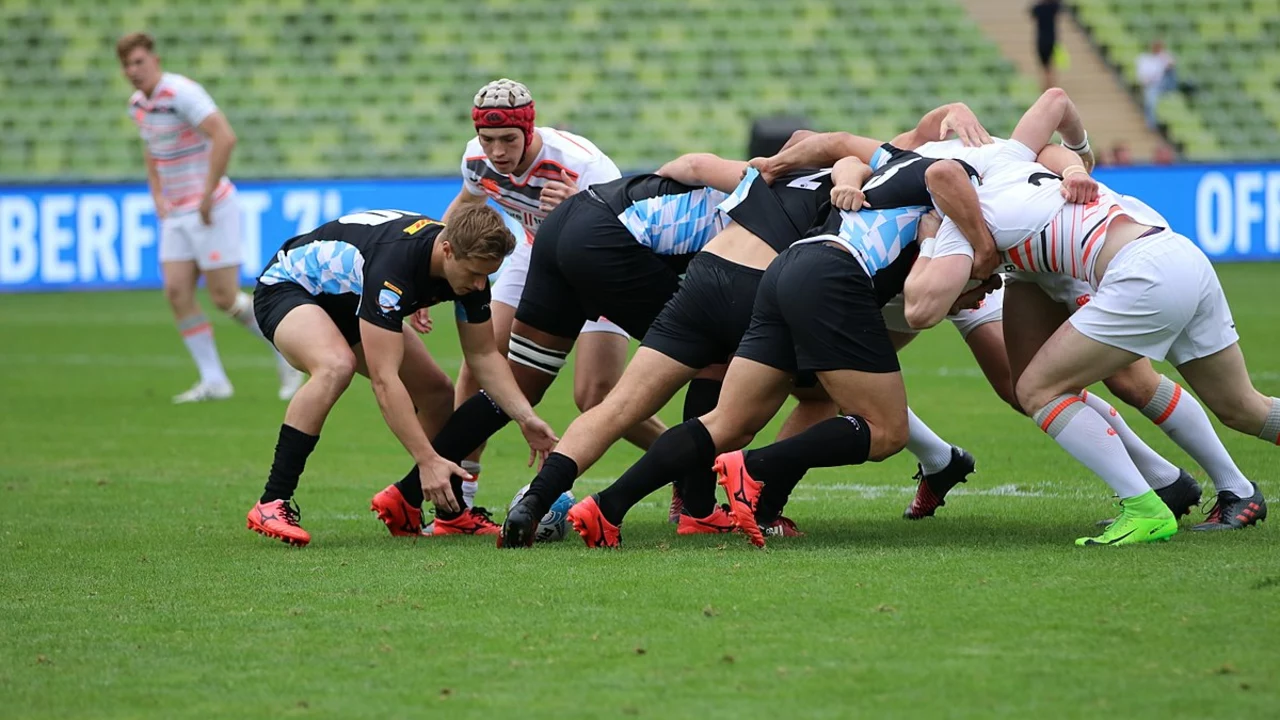In my exploration of rugby, I've found that sevens rugby and regular rugby, while similar, have key differences. Sevens rugby is a faster, shorter game with only seven players per team, as opposed to the 15 in regular rugby. This version is played in two seven-minute halves, much shorter than the 40-minute halves in regular rugby. Interestingly, scoring is the same in both, but sevens rugby often results in higher scores due to the open field. Lastly, in sevens rugby, conversions must be drop-kicked, adding an extra challenge compared to regular rugby where place kicking is allowed.
What’s the real difference between rugby league and union?
If you’ve ever watched a match and wondered why the two codes feel so different, you’re not alone. The word “difference” shows up everywhere – in the rulebook, the tactics, even the fan culture. Below we break down the most obvious gaps so you can spot them on the field and talk about them with confidence.
Rule differences that change the game
First up: the scoring system. In union a try is worth five points, while in league it’s four. Conversions follow the same pattern – two points in both codes – but penalties and drop goals differ. Union gives you three points for a penalty goal, league only two. That small shift means union teams will often kick for points when they’re within range, while league sides may prefer to keep the ball rolling.
Next, the tackle count. League uses a six‑tackle rule: after six plays the ball is turned over to the opposition, which forces teams to be creative with their set‑piece plays. Union has no tackle limit; instead, a ruck forms and the ball stays in play as long as the chain of players is maintained. This makes union matches feel more continuous, while league matches have a built‑in rhythm of “reset” moments.
Scrums are another point of contrast. Union scrums involve eight players per side, a contested battle for possession that can last several seconds. League scrums are reduced to six players, are largely uncontested, and act more like a way to restart play quickly. If you see a big push in the middle of the field, you’re probably watching union.
Positional and tactical variations
Because of the rule differences, the roles of certain positions shift. In union, the number 8 and flankers are key at the breakdown – they hunt for the ball, protect it, and help the scrum. League doesn’t have a true breakdown, so forwards focus more on quick hit‑ups and driving the ball forward in a set of tackles.
The backs also feel the change. Union full‑backs often stay deep, ready to catch high kicks and launch counter‑attacks. League full‑backs play a more active role in the attacking line, joining the sweep and acting as a secondary play‑maker. This makes the league full‑back a bit of a jack‑of‑all‑trades, while union’s version is more specialized.
When it comes to kicking strategy, league teams use the “kick‑to‑touch” after a tackle count to regain territory, and they rely heavily on the 40‑20 rule to keep possession after a well‑placed kick. Union teams have more options with the line‑out, strategic grubbers, and tactical penalties, so you’ll see a wider variety of kicks aimed at creating space for a rolling maul or a set‑piece play.
Understanding these differences helps you read the game faster. Spot a six‑tackle count? You’re looking at a league side. See a contested scrummage? That’s union. The next time you’re at a match, keep an ear out for the referee’s calls – they’ll often signal which code you’re watching.
Bottom line: the difference isn’t just a handful of rule tweaks; it reshapes every part of the sport, from how teams score to how fans cheer. Whether you’re a newcomer or a long‑time follower, knowing these gaps gives you a deeper appreciation for the game’s unique flavor.
